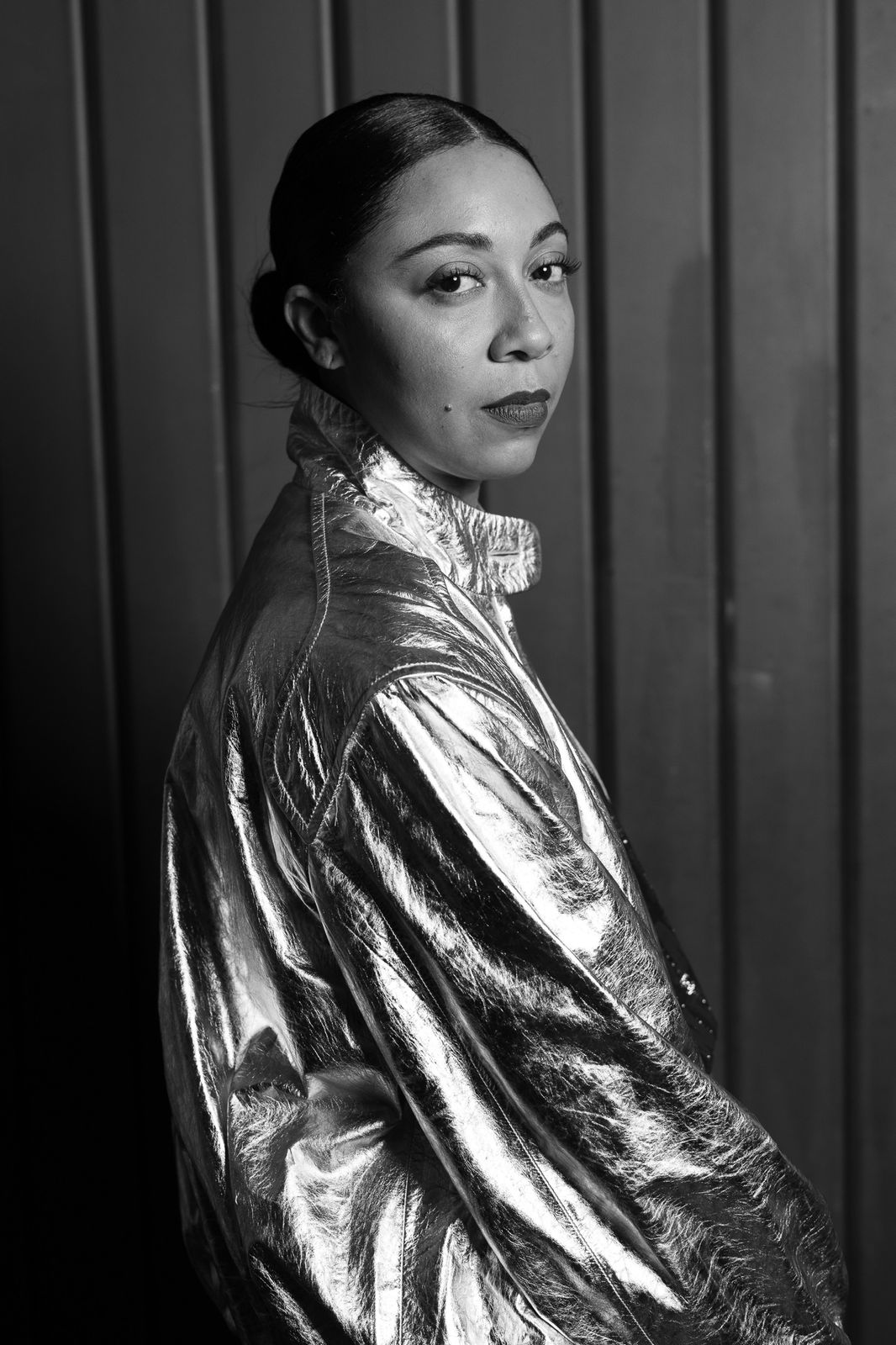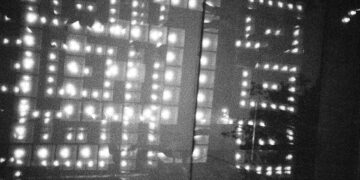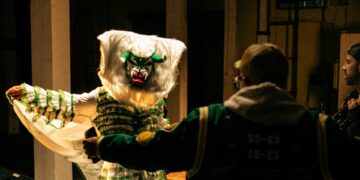The term affinity first appears in medieval alchemy, used to explain the attraction and fusion between different chemical elements. Affinity, in this sense, is the force by which two disparate substances “seek, unite, and find each other.” Later, thinkers like Goethe and Weber adopted the concept metaphorically to explore social and even spiritual connections—implying mutual choice, attraction, and the possibility of new combinations.
This dual meaning of affinity—both scientific and symbolic—feels especially relevant to this exhibition. The selection stems from the artists featured in the latest edition of Art Dialogues, each issue of which brings together a curated group around a theme that guides the magazine’s conversations.
If affinity has always underpinned the dialogues of Art Dialogues, witnessing these conversations unfold in a physical space revealed how much more powerful they become when placed side by side in the two exhibition rooms.
First and foremost, the show is deeply gestural. One feels the artist’s hand in each piece—sometimes literally, as in the works of Gabriella Garcia and Regina Parra. Though the two may seem to stand in stark contrast—artificial intelligence versus oil painting—they meet in a compelling shared space: a critical interrogation of power and control through the lens of dominant historical narratives.
João Livra and Mano Penalva, who engage in dialogue in the magazine, take on a new conversation in the gallery, where both use everyday objects to explore questions within contemporary art. While each artist examines the function of these objects and subverts their logic, Andrew de Freitas, Pedro Ávila, and Rafael Triboli seem to take the inverse approach: bringing a design sensibility into the realm of art to question form and function, creating hybrid objects that blur the boundaries between disciplines.
As these affinities unfold—attempting to reconcile seemingly opposing discourses—it is Jacqueline Faus’s work that crystallizes this tension. Her ceramics become a base for thinking through painting. A vessel unconcerned with function. Design becomes the ground for contemporary art, which here also serves as a space to question historical frameworks and how we’ve learned to see certain objects. And how difficult, at times, it can be to shift those perceptions.
“From the Darkness, I Saw the Infinite” is a poetic title that emerges from a desire to reflect on the unexpected affinities born in the shadows—those quiet, invisible forces that lead to new connections and shared meanings. There are, of course, many more possible affinities to be drawn between these works, but rather than limiting interpretation, this text hopes to open space for infinite readings.
Carollina Lauriano
(1983, São Paulo. Lives and works in São Paulo)
Holding a degree in Social Communication with an emphasis in Journalism and completed an extension course in Art, Design, and Fashion Research at Central Saint Martins/UAL, Lauriano has been working as an independent curator since 2017. In her research, she is interested in exploring poetic ways of inhabiting the world through gendered, ethno-racial, and identity-based perspectives, intersecting these themes with a decolonial ecological agenda in order to drive actions toward building a sustainable future, reimagining new forms of sociability, and reconfiguring power relations.
Among her major projects are the exhibitions Corpo além do corpo (“Body Beyond the Body”), which explored queer bodies and trans femininity and the quest for the visibility of new identities in society, and A noite não adormecerá jamais nos olhos nossos (“The Night Will Never Fall Asleep in Our Eyes”) at Galeria Baró, the first exhibition to bring together 20 racialized artists in a commercial gallery setting to showcase and discuss the work of dissident bodies within the art market.
From 2018 to 2020, Carollina managed Ateliê397, one of São Paulo’s leading independent art spaces. In 2021, she coordinated the artist residency program at Usina Luis Maluf. She was associate curator of the 13th edition of the Mercosul Biennial, held in Porto Alegre in 2022, and is the curator of the Expresso e Refúgio project, which offers expanded artistic training to formerly incarcerated youth from Fundação Casa. Her critical writing has been published in platforms and magazines such as Terremoto (Mexico City) and seLecT (São Paulo).
To know more about Carollina Lauriano: @carollinalauriano







